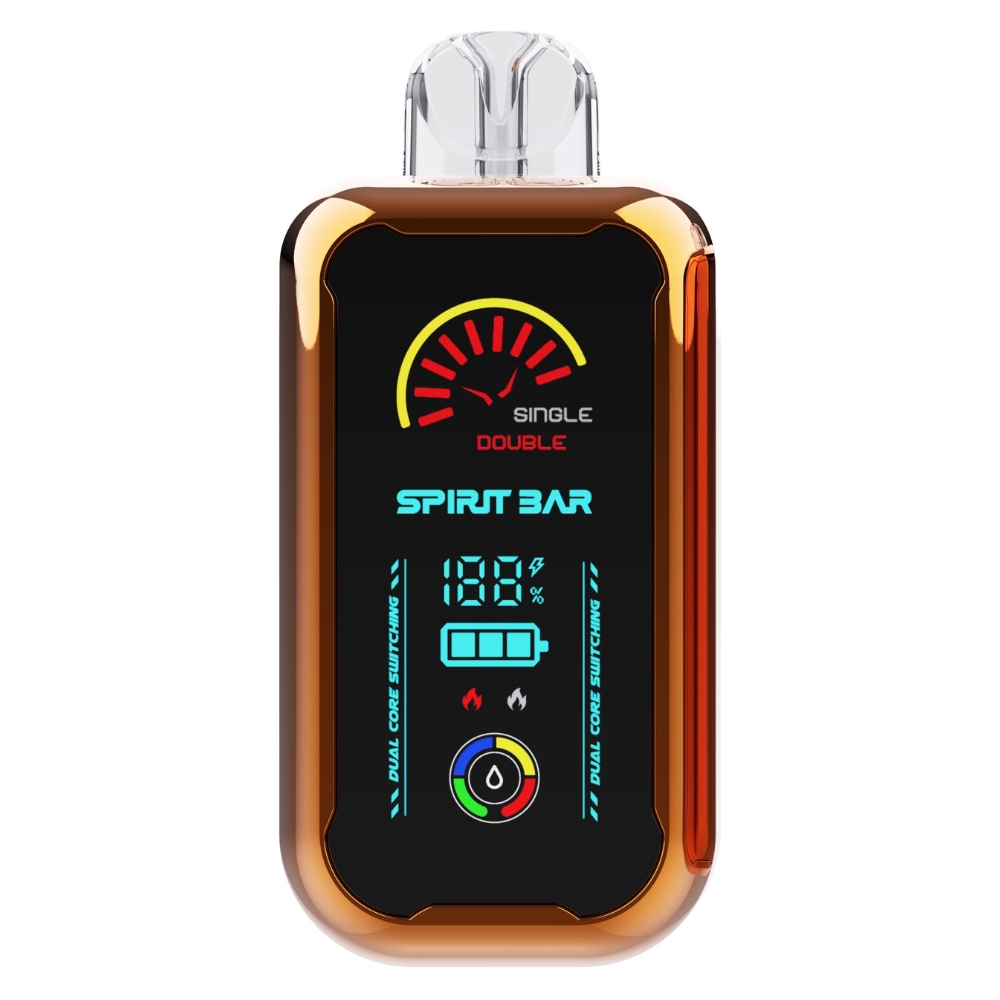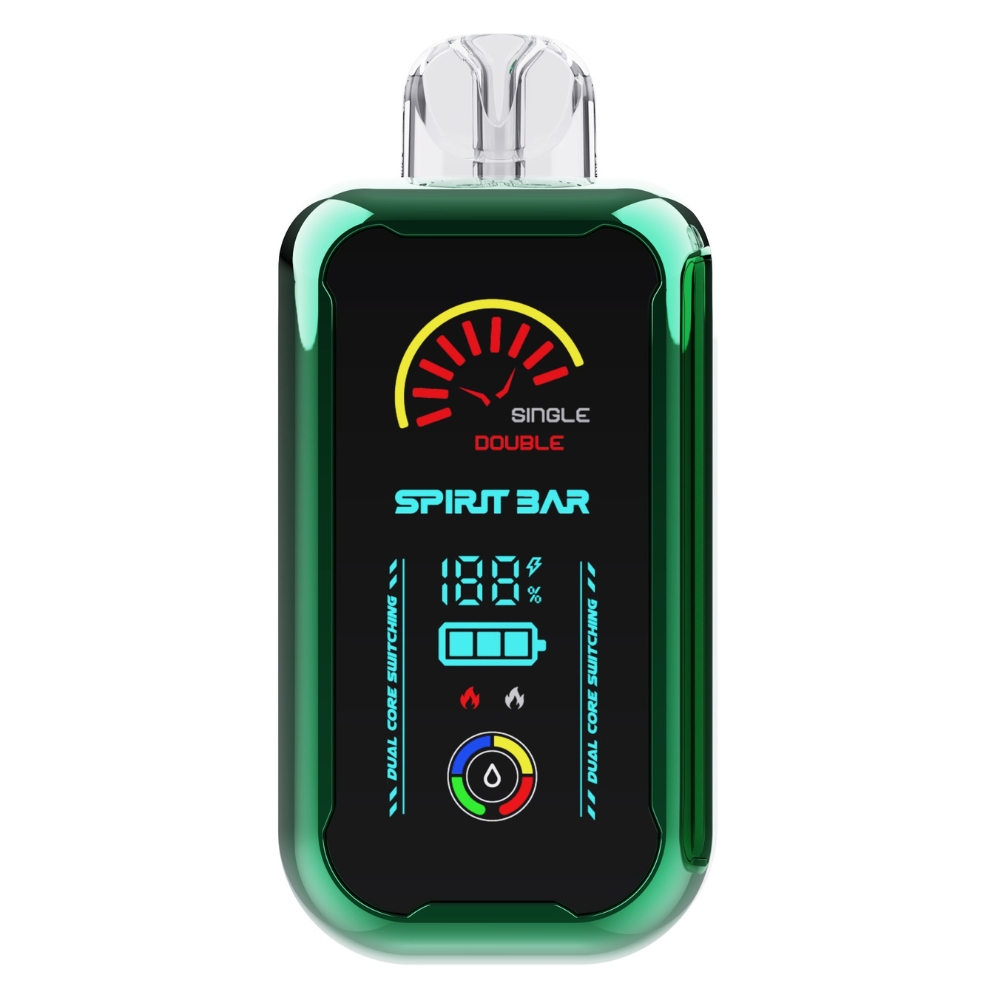Is Vape the Same as JUUL? A Friendly Guide to Understanding the Differences
Are vape and JUUL the same thing? This is a common question among people who are interested in e-cigarettes. While both vape and JUUL are e-cigarettes, they are not the same thing. Vape is a term used to describe a variety of electronic cigarettes, while JUUL is a brand of e-cigarette that is known for its sleek design and high nicotine content.
One of the main differences between vape and JUUL is the way they are used. Vape pens typically have a refillable tank that can be filled with e-liquid, while JUUL uses pre-filled pods. Another difference is the nicotine content. JUUL pods have a higher nicotine content compared to most vape liquids, which can make them more addictive. Additionally, JUUL pods are not refillable, which can make them more expensive in the long run.
It is important to note that while both vape and JUUL are marketed as a safer alternative to smoking, they are not without risks. Vaping can still expose you to harmful chemicals and toxins, and can have negative effects on your health. It is important to do your research and make an informed decision before using any type of e-cigarette.
Understanding Vape and JUUL
https://www.youtube.com/watch?v=6JCAyb3lDTo&embed=true
If you’re new to vaping, you might be wondering what the difference is between a vape and a JUUL. Both are electronic nicotine delivery systems, but they have some key differences.
What is a Vape?
A vape, also known as an e-cigarette, is a device that heats up a liquid (usually called e-juice or e-liquid) to create a vapor that the user inhales. The liquid usually contains nicotine, but it can also be nicotine-free. Vapes come in many shapes and sizes, from small pen-style devices to larger box mods. They often have refillable tanks or pods that can be filled with e-liquid in a variety of flavors.
What is a JUUL?
A JUUL is a type of vape that has become very popular in recent years. It’s a small, sleek device that looks like a USB flash drive. JUULs use pre-filled pods that contain a high concentration of nicotine salts, which are designed to deliver nicotine more quickly and efficiently than traditional e-liquids. JUULs are popular among younger users and those who want a discreet vaping experience.
While JUULs are technically a type of vape, they differ from other vapes in a few key ways. JUULs are designed to be easy to use and require no maintenance or filling of e-liquid. They also have a unique nicotine delivery system that sets them apart from other vapes.
In summary, while both vapes and JUULs are electronic nicotine delivery systems, they differ in their design, nicotine delivery system, and ease of use. If you’re considering trying vaping, it’s important to do your research and choose a device that suits your needs and preferences.
Key Differences Between Vape and JUUL
https://www.youtube.com/watch?v=oTi3WJojgxk&embed=true
If you are new to vaping, you may be wondering what the differences are between a vape and a JUUL. While both devices are used for vaping, there are some significant differences that you should be aware of before making a purchase.
Design
One of the main differences between a vape and a JUUL is their design. Vapes come in a variety of shapes and sizes, and often have a larger battery and tank for e-liquid. JUULs, on the other hand, are much smaller and more compact, with a sleek and minimalist design.
Pods
Another key difference between vapes and JUULs is the type of pods they use. Vapes typically use refillable tanks or cartridges that can be filled with any e-liquid of your choice. JUULs, on the other hand, use proprietary pods that are pre-filled with a specific type of e-liquid. This means that you are limited to the flavors and nicotine strengths that JUUL offers.
Nicotine Strength
Speaking of nicotine strength, this is another area where vapes and JUULs differ. Vapes typically offer a wider range of nicotine strengths, from 0mg to 18mg or higher. JUULs, on the other hand, only offer a few nicotine strengths, and they are all relatively high. This means that if you are looking to quit smoking and gradually reduce your nicotine intake, a vape may be a better option for you.
Cost
Finally, cost is another area where vapes and JUULs differ. Vapes can range in price from under $20 to over $100, depending on the features and quality of the device. JUULs, on the other hand, are typically more expensive, with starter kits costing around $50 or more.
Overall, while both vapes and JUULs are used for vaping, they have some significant differences in terms of design, pods, nicotine strength, and cost. It is important to consider these differences when deciding which device is right for you.
Health Implications
When it comes to vaping and Juuling, there are some potential health implications that you should be aware of. Here are some of the most important things to keep in mind:
-
Nicotine addiction: Both vaping and Juuling involve the use of nicotine, which is highly addictive. This means that if you start using these products, you may find it difficult to stop. Nicotine addiction can have serious health consequences, including an increased risk of heart disease and stroke.
-
Lung damage: Vaping and Juuling involve inhaling vaporized liquid, which can cause damage to your lungs. This can lead to a range of respiratory problems, including coughing, wheezing, and shortness of breath. In some cases, it can even lead to more serious conditions like bronchitis and pneumonia.
-
Exposure to harmful chemicals: The liquid used in vaping and Juuling often contains a range of chemicals that can be harmful to your health. These can include things like formaldehyde, acetaldehyde, and acrolein, which are known to cause cancer and other health problems.
-
Increased risk of accidents: Vaping and Juuling can be distracting, and using these products while driving or operating machinery can increase your risk of accidents. Additionally, the batteries used in these devices can sometimes explode, causing serious injuries.
Overall, it’s important to be aware of the potential health implications of vaping and Juuling. While these products may seem like a safer alternative to smoking, they still come with risks that you should consider before using them.
Legality and Regulations
When it comes to vaping and JUUL, there are many regulations and laws in place to ensure that they are safe and legal for use. Here are a few key points to keep in mind:
- The FDA has postponed a long-awaited decision on JUUL’s vaping products, which has caused some uncertainty in the market. However, the agency has ordered JUUL to remove all of its e-cigarettes from the U.S. market, a move applauded by many concerned about e-cigarette use among youth.
- As of 2021, 13.4% of high school and 4% of middle school students reported current tobacco use. With 39.4% of those students regularly using e-cigarettes, it’s plain to see that youth vaping is still a major issue in the United States.
- In addition to concerns surrounding teenage nicotine addiction, the FDA has claimed that the JUUL device specifically could be harmful to users due to its high nicotine content.
- The FDA has prohibited the sale of cartridge-based vapor products in any flavors other than tobacco and menthol, unless specifically authorized through the Agency’s PMTA process. JUUL Labs fully supports and is complying with this federal policy, which provides adult smokers with the same flavor choices for vapor.
Overall, it is important to be aware of the regulations surrounding vaping and JUUL use, and to make sure that you are using these products safely and legally. If you have any questions or concerns, it is always a good idea to consult with a healthcare professional or other trusted expert.
Popularity and Market Share
When it comes to popularity and market share, Juul is the clear leader in the e-cigarette industry in the United States. According to Statista, Juul accounted for 63% of all U.S. nicotine vaping sales in 2020, making it the largest nicotine vaping brand in the United States by far.
In fact, in the short 3-year period from 2015 to 2017, Juul transformed from a little-known brand with minimum sales into the largest retail e-cigarette brand in the USA, lifting sales of the entire e-cigarette category. Its $150 million retail sales in the last quarter of 2017 accounted for about 40% of e-cigarette retail market share, according to a study published in Tobacco Control.
Other e-cigarette brands such as Blu, Vuse, and NJOY have a small market share compared to Juul. According to Statista, Juul was the leading e-cigarette brand in the US in 2022, with a market share of 45%. The second-largest brand, Blu, had a market share of only 13%.
Juul’s popularity among young people has been a concern for many health experts. According to a TechCrunch report, Juul spoke publicly from the start about the health benefits of switching from combustible cigarettes to e-cigarettes. However, physicians and researchers argue that while vaping is less harmful than smoking, it is not safe, especially for young people.
Despite the concerns surrounding Juul and e-cigarettes, their popularity and market share continue to grow.
Environmental Impact
When it comes to the environmental impact, vaping and JUULing can have negative consequences. The devices themselves are made of plastic, and many of them are disposable. This means that they contribute to the growing problem of plastic waste in the environment.
According to a study, vaping generates a significant amount of toxic and plastic waste. Many popular e-cigarettes, like JUUL, are pod-based with single-use plastic cartridges containing nicotine. Disposable e-cigarettes like those sold by Puff Bar and Hyde are also a significant source of waste.
Moreover, the production of these devices and their components requires energy and resources. This means that even before they are used, they have an environmental impact. Additionally, the batteries in these devices can be hazardous if not disposed of properly.
It’s important to dispose of vaping devices and cartridges responsibly. Many communities have recycling programs for e-waste, including vaping devices. Check with your local government or waste management company to see if they accept these items.
Overall, while vaping and JUULing may seem like a less harmful alternative to smoking, it’s important to consider their environmental impact. By properly disposing of these items and choosing reusable devices when possible, you can help reduce their negative impact on the environment.
Cost Comparison
When it comes to the cost of vaping, there are a few things to consider. First, there is the initial cost of the device itself. Vape pens are generally less expensive than JUUL devices, with prices ranging from $20 to $50. JUUL devices, on the other hand, can cost up to $70.
However, the cost of the device is only part of the equation. You also need to consider the cost of the e-liquid or pods. Vape pens typically use refillable tanks that can be filled with any type of e-liquid. Depending on the size of the tank and the type of e-liquid you choose, you can expect to pay anywhere from $5 to $20 for a bottle of e-liquid that will last you several weeks.
JUUL devices, on the other hand, use pre-filled pods that are only compatible with JUUL devices. Each pack of JUUL pods contains four pods and costs around $15.99. While this may seem like a good deal at first, keep in mind that each pod contains only 0.7ml of e-liquid, which means you’ll need to buy more pods more frequently.
Overall, while the initial cost of a vape pen may be slightly higher than a JUUL device, the cost of e-liquid is significantly less expensive. If you’re looking for a more cost-effective vaping option, a vape pen may be the way to go.


